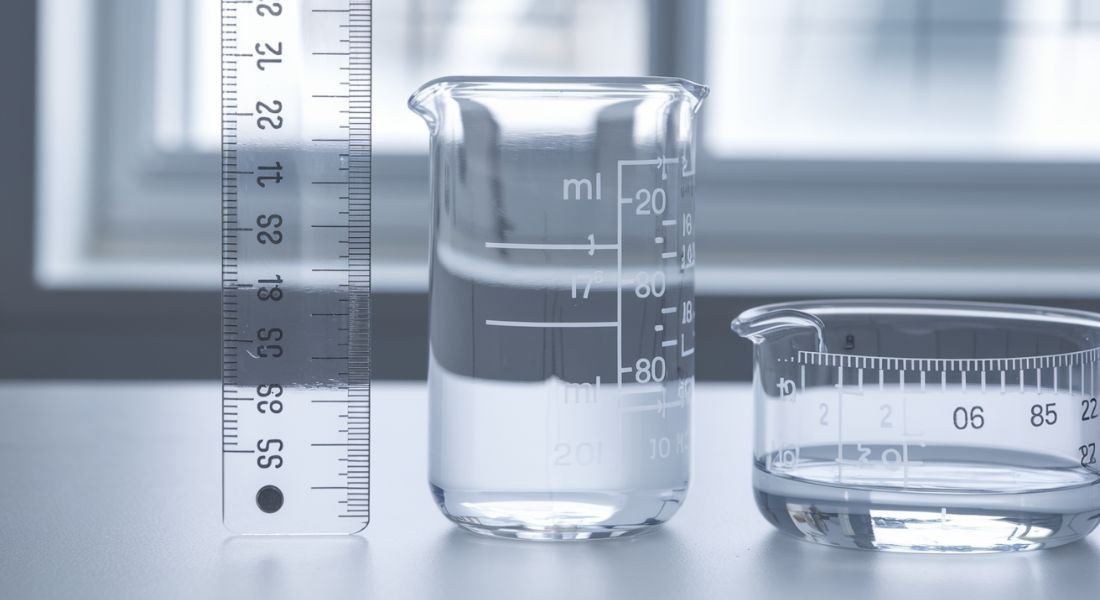introduction
Propanol, also known as 1-propanol or n-propanol, is a colorless liquid with a sharp odor. It’s a type of alcohol, but unlike the ethanol you might find in alcoholic beverages, it has industrial and commercial uses. Let’s delve deeper into the world of this, exploring its properties, applications, and safety considerations.
What is Propanol?
Propanol belongs to a family of organic compounds called alcohols. Alcohols share a common structure – a carbon atom bonded to a hydroxyl group (OH) and hydrogen atoms. In propanol’s case, the carbon chain has three carbon atoms (propane) with the hydroxyl group attached to the first carbon (hence, 1-propanol).
Here’s a breakdown of key terms:
- Organic compound: A compound containing carbon atoms.
- Hydroxyl group (OH): A combination of oxygen and hydrogen atoms.
It is an isomer of another common alcohol, isopropanol (rubbing alcohol). Isomers have the same chemical formula (C3H8O) but different arrangements of atoms, resulting in slightly different properties.
Properties
Propanol is a versatile liquid with several key properties:
- Colorless: It has no visible color.
- Water-miscible: It mixes readily with water in any proportion.
- Sharp odor: It has a pungent smell, similar to rubbing alcohol but stronger.
- Flammable: It can easily catch fire.
- Low boiling point: It boils at 97°C (207°F), evaporating relatively quickly.
- Good solvent: It can dissolve various substances like fats, oils, and resins.
These properties make it valuable for various industrial and commercial applications.
Applications
It’s diverse properties lead to its use in a wide range of products and processes. Here are some prominent applications:
- Solvent: Propanol is a powerful solvent used in various industries, including:
- Paints and coatings: It helps dissolve resins and pigments, creating smooth and even finishes.
- Printing inks: It thins inks for proper application and cleaning printing equipment.
- Degreasers: It removes grease, oil, and dirt from surfaces.
- Pharmaceutical industry: It’s used in the production of various medications and cosmetics.
- Chemical intermediate: Propanol serves as a starting material for the synthesis of other chemicals, like:
- Propyl acetate: A solvent used in paints, coatings, and adhesives.
- Propylamine: A component in herbicides, pesticides, and pharmaceuticals.
- Disinfectant: It has mild disinfectant properties and can be used in some cleaning solutions. However, it’s not as effective as other disinfectants like isopropanol or bleach against certain bacteria and viruses.
- Fuel additive: In some cases, it is blended with gasoline to improve engine performance or act as an anti-icing agent.
Table
| Application | Description |
| Solvent | Paints, coatings, printing inks, degreasers, pharmaceuticals |
| Chemical intermediate | Propyl acetate, propylamine |
| Disinfectant | Mild disinfectant in some cleaning solutions |
| Fuel additive | Improves engine performance, anti-icing agent (limited use) |
Important Note: Propanol is not a substitute for ethanol (drinking alcohol) and can be toxic if consumed.
Safety Considerations
While propanol has valuable applications, it’s crucial to handle it with caution due to its potential hazards:
- Flammability: It has a low flash point, meaning it can easily ignite with a spark or open flame. Always use it in well-ventilated areas away from heat sources.
- Inhalation: Its vapors can irritate the respiratory system. Avoid prolonged or repeated exposure by wearing appropriate respiratory protection.
- Skin and eye irritation: It can cause skin and eye irritation upon contact. Wear gloves, safety glasses, and protective clothing when handling it.
- Ingestion: it is toxic if swallowed. Keep it out of reach of children and pets.
Here are some safety tips for handling it:
- Read and follow the safety data sheet (SDS) for it. The SDS provides detailed information on the product’s hazards and safe handling practices.
- Use it in a well-ventilated area. Open windows or use a ventilation system to remove vapors.
- Wear appropriate personal protective equipment (PPE). This includes gloves, safety glasses, and a respirator if necessary.
FAQs
Is propanol the same as rubbing alcohol?
No, it is not the same as rubbing alcohol (isopropanol). While both are alcohols with similar properties, they have slight differences in chemical structure and effectiveness. Isopropanol is a more common disinfectant, while it has wider industrial applications as a solvent.
Can I use it as a disinfectant?
It has mild disinfectant properties and can be found in some cleaning solutions. However, it’s generally less effective than other disinfectants like isopropanol or bleach against bacteria and viruses. It’s best to follow recommended disinfectants for proper sanitation.
Is it safe to use around the house?
It can be safe for household use with proper precautions. Due to its flammability, inhalation hazards, and skin/eye irritation potential, it’s crucial to use it in a well-ventilated area while wearing gloves, safety glasses, and following safe handling practices as outlined on the product’s Safety Data Sheet (SDS).
Conclusion
Propanol is a versatile industrial solvent with applications in paints, coatings, degreasers, and various chemical syntheses. While it has some disinfectant properties, it’s not a primary disinfectant choice. Remember, it is flammable, has inhalation and skin irritation risks, and can be toxic if swallowed. Always prioritize safety by using it in well-ventilated areas with proper personal protective equipment and following the product’s SDS guidelines.






















Leave a Reply